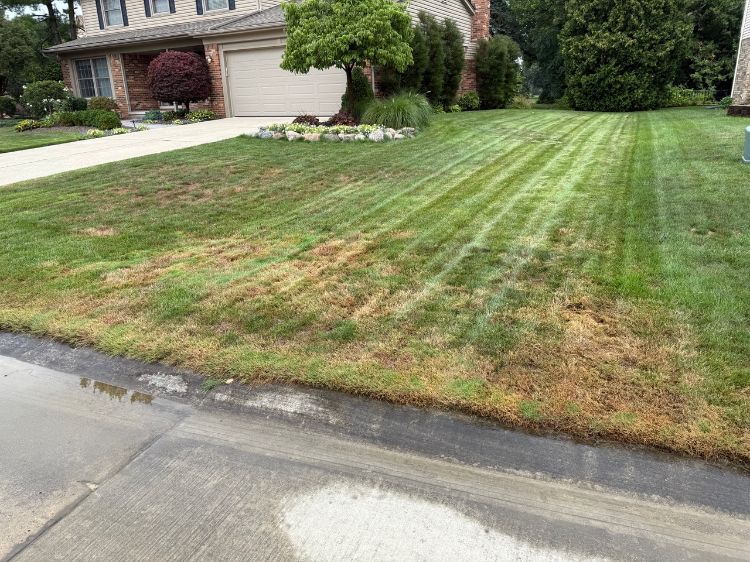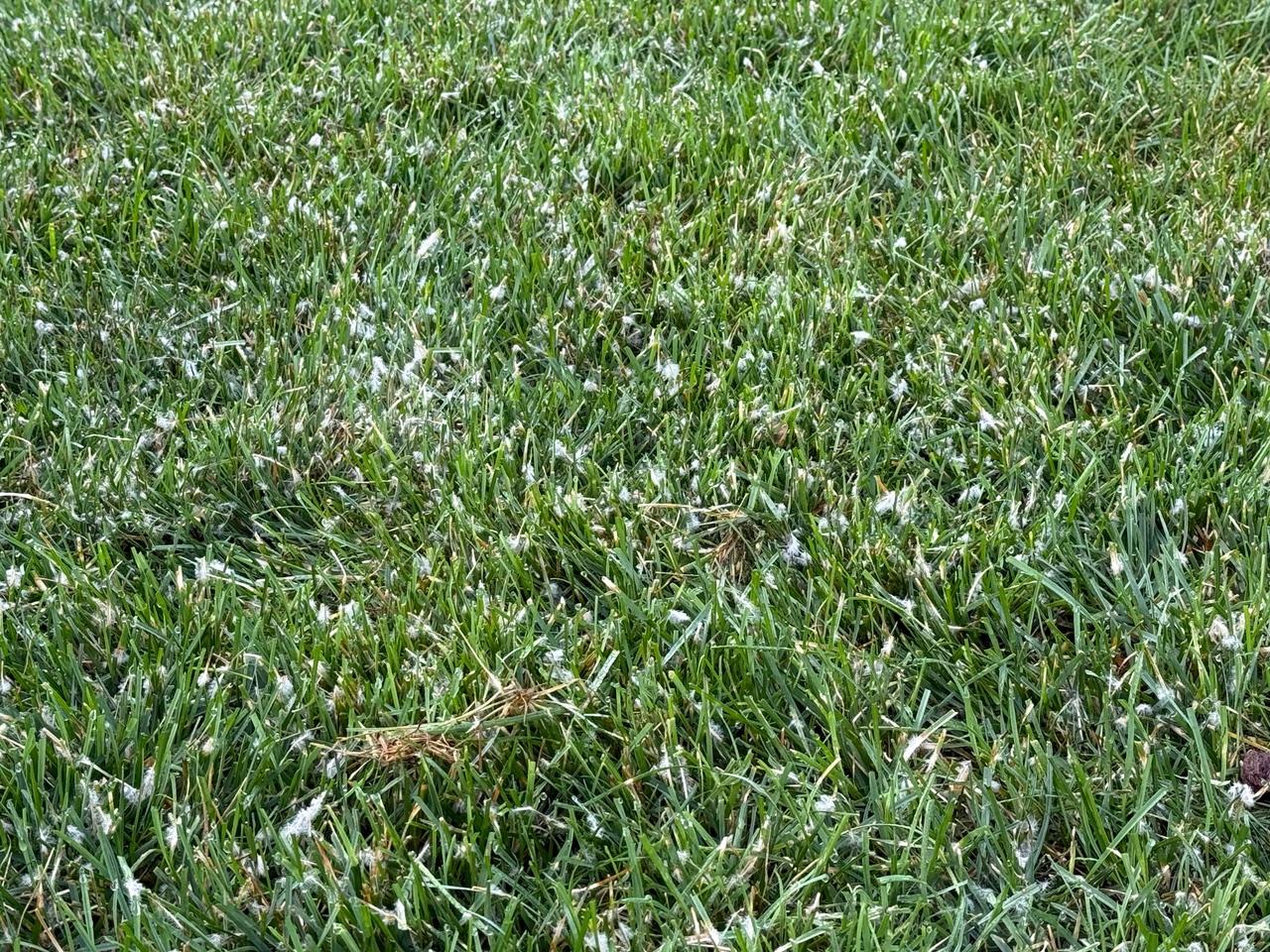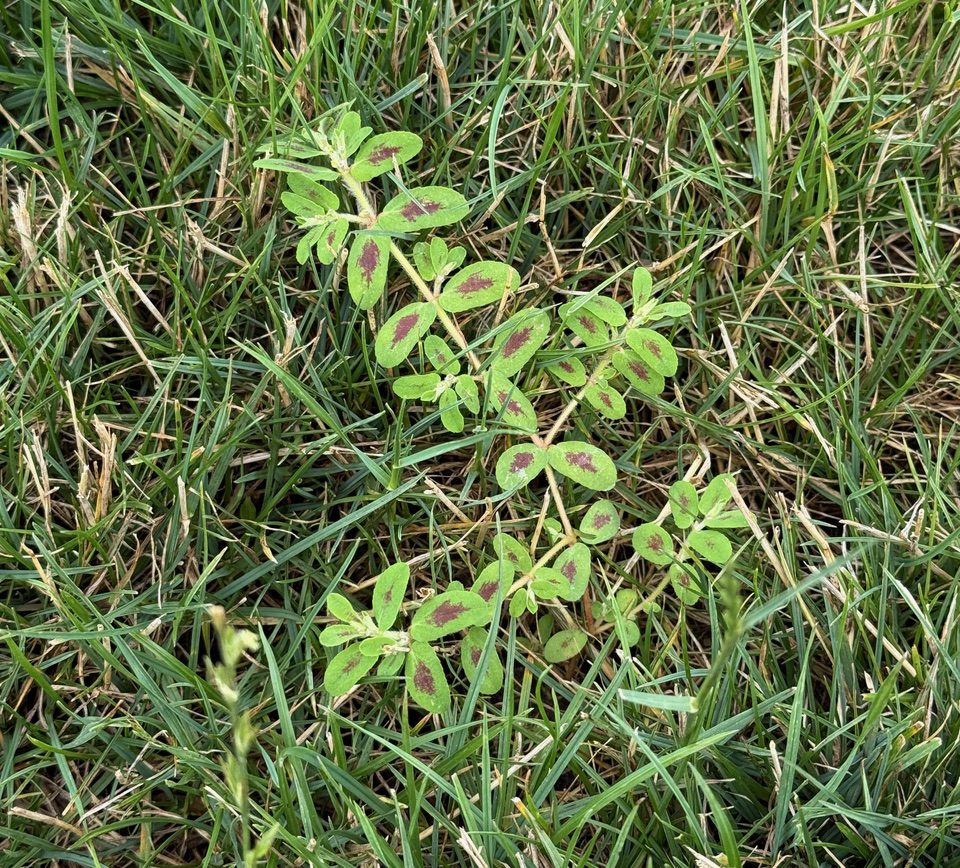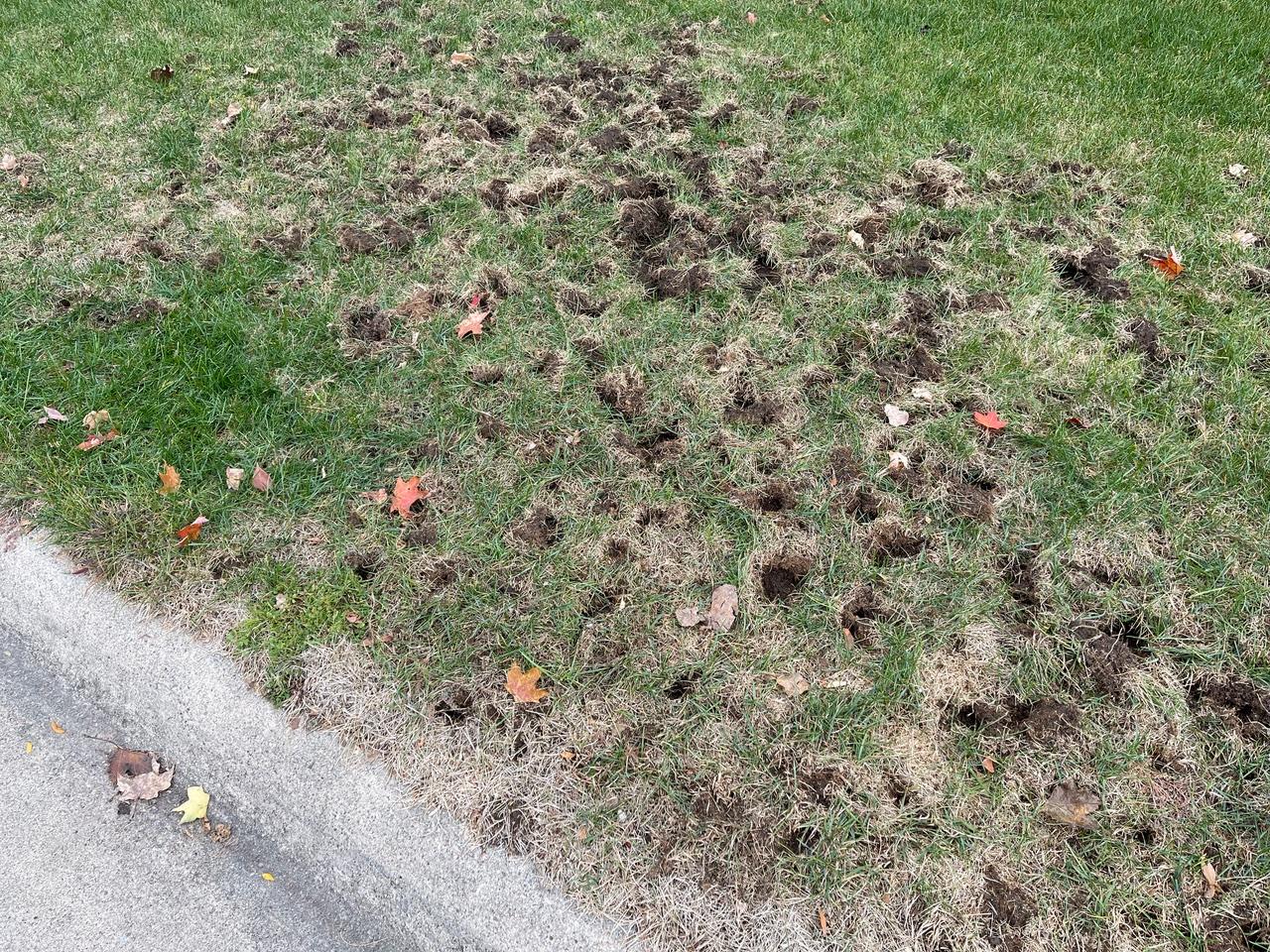Lawn update: Summer stress shifts to fall recovery
The summer of 2025 was one of extreme temperatures, high humidity and precipitation excesses and deficiencies. The result was stressed turf, turf death and less than perfect turfgrass conditions throughout the summer.

As I recapped in my recent article, “Turf update: Stressful summer for turf on golf courses,” this summer was one of extreme temperatures, high humidity and precipitation excesses and deficiencies. The result was stressed turf, high weed and disease pressure, and less than perfect turfgrass conditions. For long stretches this summer, the weather was quite simply brutal for growing turf. Dew points were in the upper 60s to low 70s for extended periods that, combined with high temperatures, especially high nighttime temperatures, created ideal conditions for numerous diseases. Typically, the most common diseases in lawns are red thread, rust and dollar spot. This year, dollar spot pressure was unusually high and diseases that we don’t commonly observe in lawns such as brown patch and pythium blight were problematic throughout summer.

Precipitation has been variable across the state with southeast Michigan generally having excess precipitation in the last 90 days while portions of central and western Michigan have precipitation deficits of 2 to 6 inches in the last 90 days. That translates to as much as two months behind normal. Recent rains have provided at least temporary relief, but it will take more than a day or two of rain to correct these deficits. Jeff Andresen, agricultural meteorologist with Michigan State University Extension, provided an excellent recap of past and current weather conditions on Aug. 19, 2025.
As I wrote in an article from earlier this summer, “Tips for managing lawns during high temperatures,” crabgrass was indeed a strong competitor in lawns this summer. High temperatures and abundant precipitation during crabgrass germination in June resulted in a bumper crop of crabgrass. For additional information on crabgrass, see “Pain in the grass: Crabgrass.”
In addition to crabgrass, all the typical weedy invaders have been prevalent, including ground ivy, white clover, yellow woodsorrel, yellow nutsedge and prostrate spurge. Part of the reason weeds were especially competitive this summer is because our cool season turfgrasses were struggling to survive. As temperatures rise, the efficiency with which cool season turfgrasses photosynthesize (i.e., make food) decreases, resulting in slower growth. Combine slower growth with high disease pressure and there were many voids in turf that weeds were ready to invade.

Fall temperatures are in the air and turf will naturally start recovering from summer stress. But as turf recovers, there’s another potential menace on the horizon: grubs. Japanese beetle and European chafer grubs may cause damage starting in late August and September. Japanese beetle grubs are likely to be a problem in irrigated lawns and European chafer is a problem in unirrigated lawns. In 2024, grub pressure was very high in many areas that were only exacerbated by a warm, dry September. Be on the lookout for patches of what appears like wilted turf that slowly expand and any animals digging in lawns as these are both common symptoms of grub injury.

2025 has been one of the toughest years for managing turf in recent memory. As many schools start this week and temperatures reflect fall more than summer, lawns will be on the mend and summer’s turf maladies will slowly fade.



 Print
Print Email
Email
